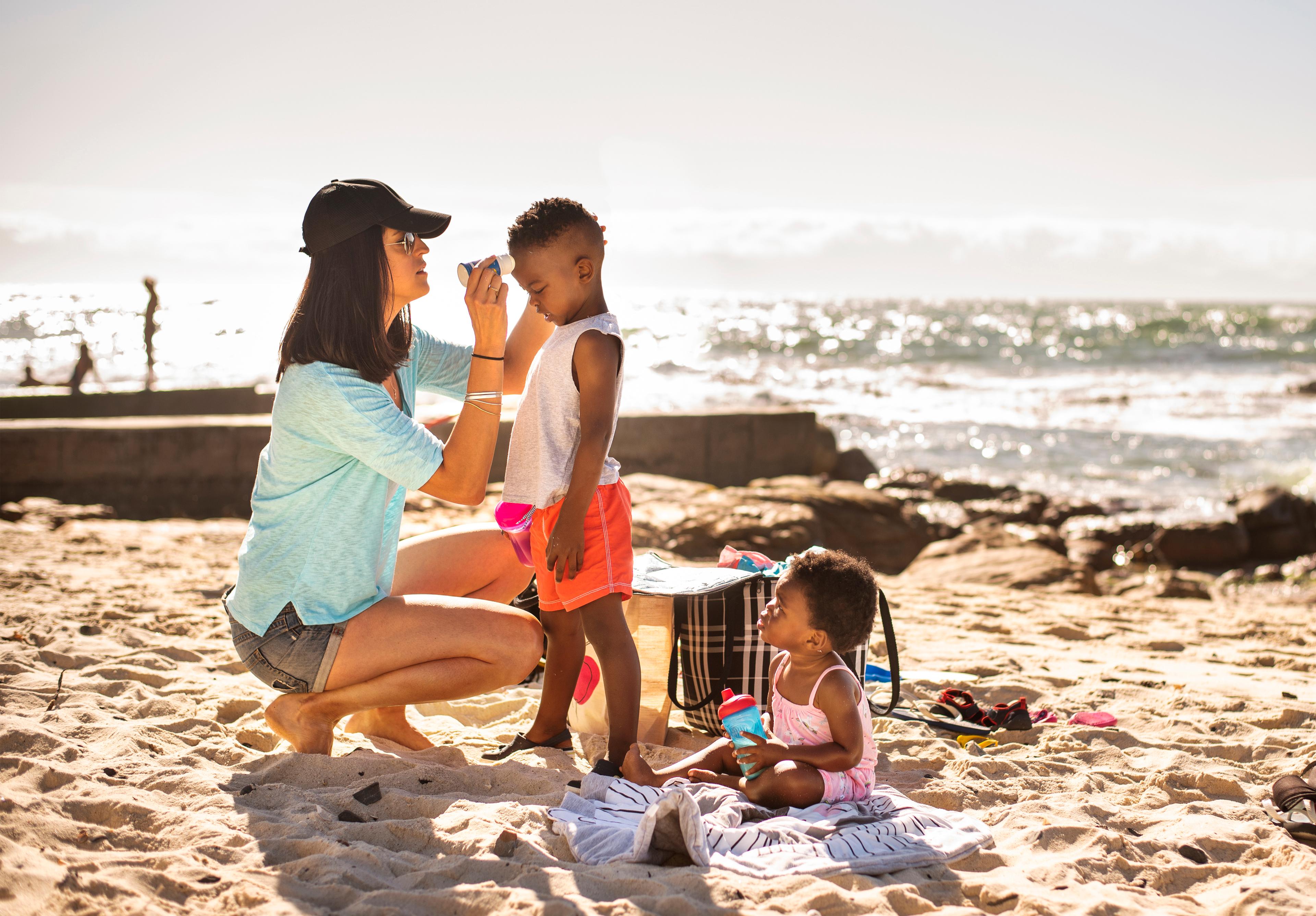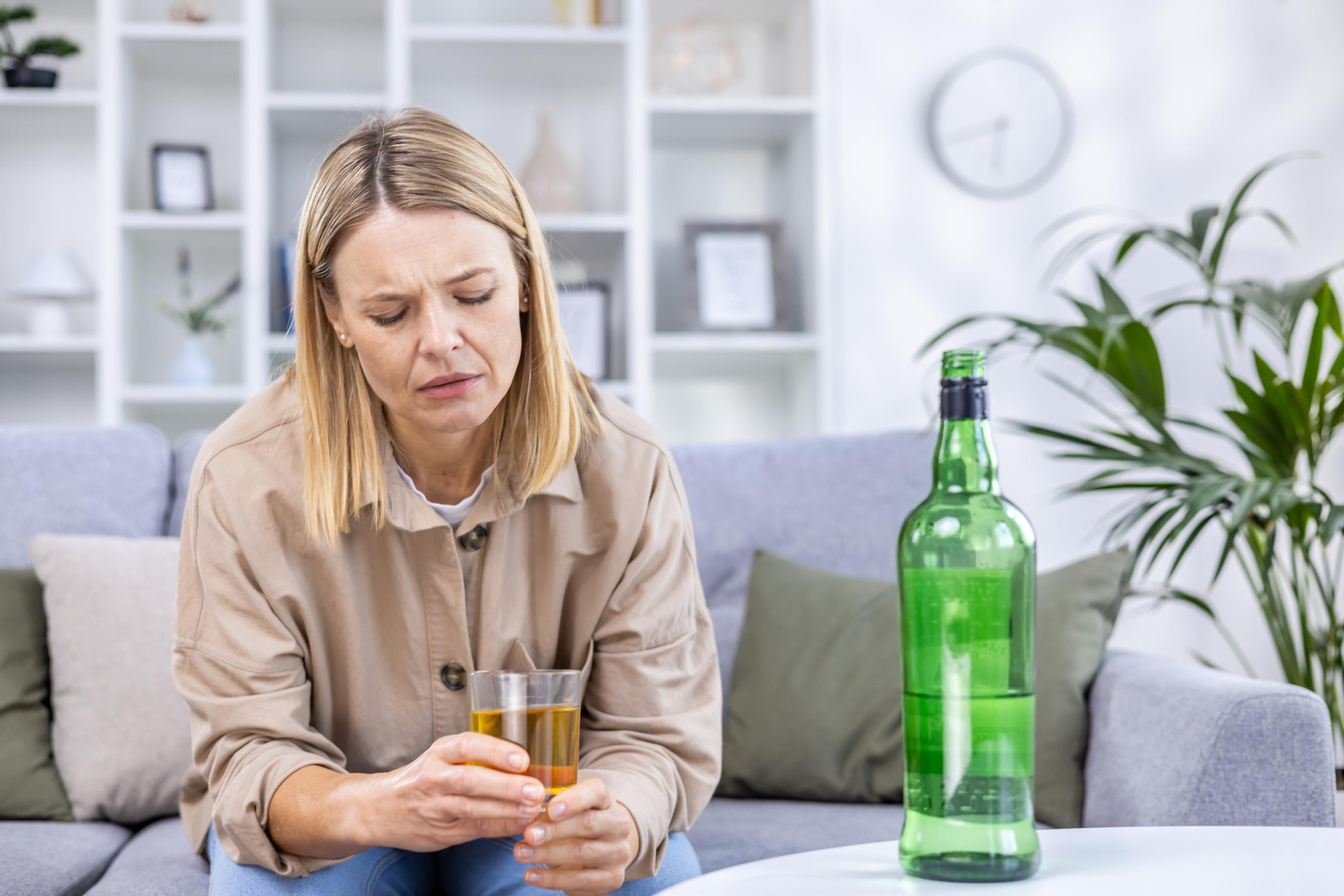Sun Protection Needs by Age
Shandra Martinez
| 3 min read

When conversation turns to sun protection, it usually revolves around grabbing a hat before you head outdoors in the summer or remembering to pack your sunscreen if you’re going to the beach. But sun protection is a lot more multifaceted than that. And the safeguards can be different, depending on a person’s age. Understanding all the ways to protect yourself and your loved ones from the sun’s damaging rays is important for overall health. Here’s what you need to know about sun protection, depending on your age.
Infants and babies under 6 months old
The guidelines are pretty clear-cut for little ones younger than 6 months old: They should stay in the shade, stay out of the sun, and not wear sunscreen, according to the U.S. Food and Drug Administration (FDA). Infant’s tender skin is especially vulnerable to damage and burns from the sun’s UV rays, so caregivers need to make sure they are protected. While sunscreens - even kid-friendly formulas - can be good for older children, infants are more susceptible to developing skin rashes, the FDA says. So what can you do instead to protect babies from the sun?
- Keep them in the shade. If you’re outside, this means natural shade found under a tree, or the shade offered by a picnic shelter, beach or patio umbrella, awning, or pop-up tent.
- Strollers should have shaded tops offering whole-body shade.
- Avoid having babies in the sun during the 10 a.m. to 2 p.m. timeframe. During these hours, the sun is at its most intense - and so are the UV rays.
- Babies should be dressed in lightweight clothing that covers their arms and legs. Skip the baseball-style hats. Protect them with wide-brimmed hats that cover their face, ears and neck.
Young children, teens and adults
The basic sun protection rules are the same for children and adults, the Centers for Disease Control and Prevention says. And they are important. Skin cancer is the most common type of cancer in the U.S., and people have a lot of control over prevention, depending on their sun-protection savvy. However, children will need extra supervision and reminders to make sure they’re following these safety tips. Whether they are headed to the beach, to an outdoor soccer game or outside to play, parents will want to make sure these are being followed:
5 Sun Safety Tips
Shade is the goal. Sure, you might be swimming in the lake or playing in a park, but having a shady spot to come back to is the goal. Spread out a blanket under a tree, pop open a beach umbrella or bring a sun-shading tent.
Wide-brimmed hats. Make sure your head protection stretches beyond your ears. The back of your neck and your ears should be shaded. Hat materials like canvas provide good UV protection, the CDC says.
Sunglasses: Whether you choose wraparound styles that offer side-eye protection or just big frames, protect your eyes. Sun damage causes wrinkles under your eyes, deepens crow’s feet at the sides and can even cause cataracts.
Clothing: Long-sleeved shirts and pants made from tightly-woven material are good for sun protection. So is special clothing like rash-guard shirts and swimsuit cover-ups made from UV-protective materials.
Sunscreen: For everyone 6 months old and up, sunscreen can offer some protection from the sun’s rays. No sunscreen can block all the sun’s rays, but they do offer protection. You will want to pick sunscreen with a sun protection factor (SPF) of at least 15, though dermatologists recommend using an SPF 30 or higher for people who spend a lot of time outside. According to the Skin Cancer Foundation:
- SPF 15 filters out approximately 93% of all incoming UVB rays.
- SPF 30 keeps out 97% of all incoming UVB rays.
- SPF 50 keeps out 98% of all incoming UVB rays.
For more sun safety facts, read this tips sheet.
Photo credit: Getty Images





